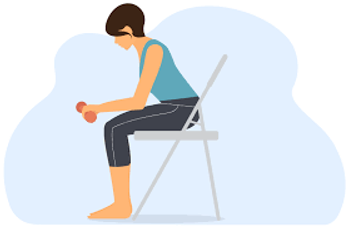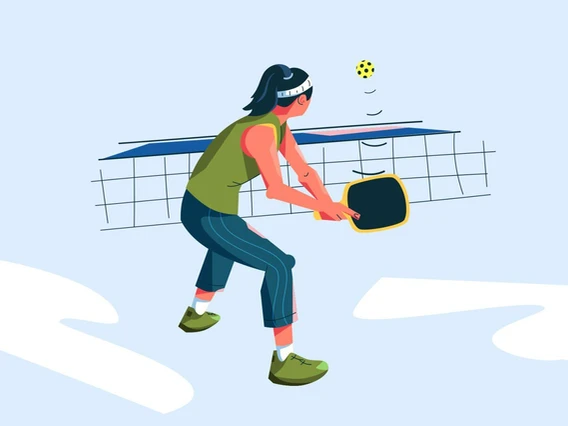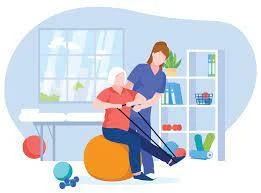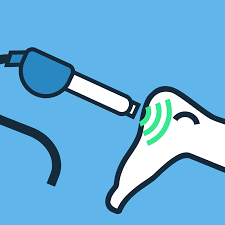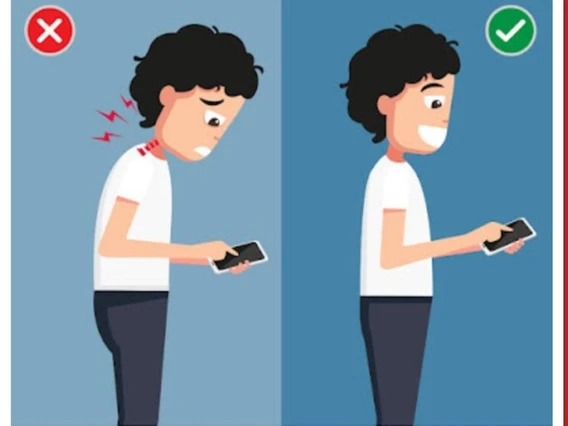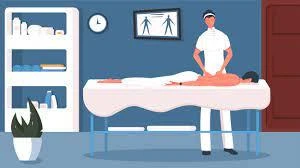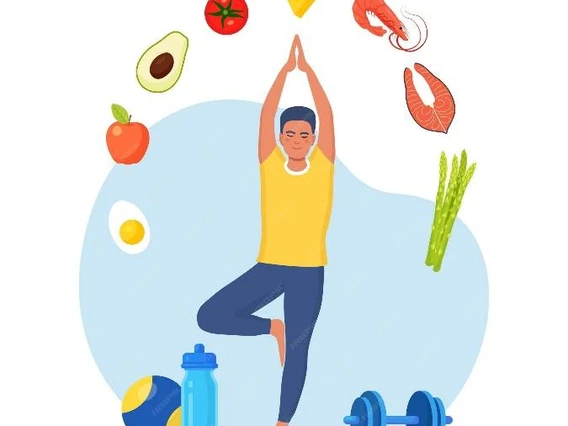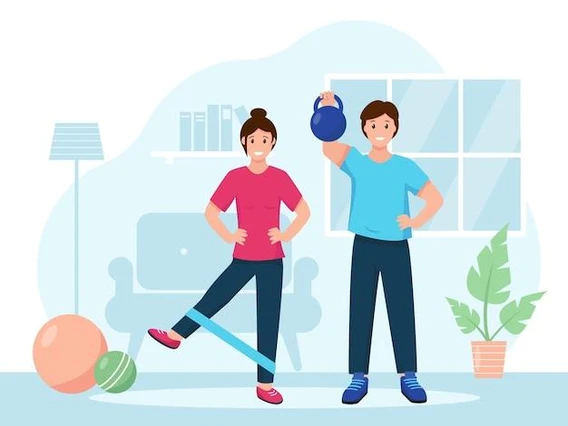What are Good Exercises for Tennis?
Tennis is a physically demanding sport that requires a combination of strength, agility, endurance,

and flexibility. Incorporating a well-rounded exercise routine can help tennis players improve their performance, prevent injuries, and enhance overall fitness. Here are some exercises that are beneficial for tennis players:
1. Cardiovascular Conditioning:
- Interval Running:
- Perform sprints with short recovery periods to simulate the stop-and-start nature of tennis.
- Agility Ladder Drills:
- Improve footwork and agility with ladder drills to enhance on-court movement.
2. Strength Training:
- Leg Exercises:
- Squats, lunges, and leg presses to build lower body strength, crucial for explosive movements and stability.
- Core Exercises:
- Planks, Russian twists, and medicine ball throws to strengthen the core for improved stability and rotational power.
- Upper Body Exercises:
- Push-ups, pull-ups, and shoulder exercises to build strength in the upper body for serving and hitting.
3. Explosive Power Exercises:
- Box Jumps:
- Improve explosive power with box jumps, which mimic the explosive movements required on the tennis court.
- Medicine Ball Slams:
- Enhance rotational power and core strength by slamming a medicine ball into the ground.
4. Speed and Agility Drills:
- Cone Drills:
- Set up cones in different patterns to practice rapid changes of direction and improve agility.
- Shuttle Runs:
- Perform shuttle runs to work on speed, acceleration, and deceleration.
5. Flexibility and Mobility Exercises:
- Dynamic Stretching:
- Incorporate dynamic stretches before playing to improve flexibility and warm up the muscles.
- Foam Rolling:
- Use a foam roller to release tension in muscles and improve overall flexibility.
6. Tennis-Specific Footwork Exercises:
- Tennis Side Shuffle:
- Mimic the lateral movements on the tennis court by practicing side shuffles.
- Diagonal Sprints:
- Sprint diagonally across the court to improve multidirectional speed.
7. Reaction Time Drills:
- Ball Drop Drills:
- Have a partner drop a ball, and react quickly to hit it after the bounce, improving reaction time.
- Visual Reaction Exercises:
- Use drills where you react to visual cues, such as colored cones, to improve on-court responsiveness.
8. Balance and Stability Exercises:
- Single-Leg Balance:
- Stand on one leg to improve balance and stability, crucial for quick lateral movements.
- BOSU Ball Exercises:
- Perform exercises on a BOSU ball to challenge balance and stability.
9. Endurance Training:
- Long-Distance Running:
- Build cardiovascular endurance with steady-state running to enhance overall stamina.
- Tennis-Specific Endurance Drills:
- Perform on-court drills that mimic the duration and intensity of a tennis match.
10. Prehab Exercises:
- Rotator Cuff Exercises:
- Strengthen the rotator cuff muscles to prevent shoulder injuries common in tennis.
- Ankle Stability Exercises:
- Work on ankle stability to reduce the risk of sprains during quick lateral movements.
11. Tennis-Specific Skill Training:
- Shadow Swings:
- Practice tennis strokes without hitting a ball to refine technique and reinforce muscle memory.
- Ball Machine Work:
- Use a ball machine for consistent ball delivery to work on stroke accuracy and timing.
12. Cool Down and Stretching:
- Static Stretching:
- Perform static stretches after playing to improve flexibility and prevent muscle tightness.
- Foam Rolling:
- Use a foam roller for myofascial release to aid in muscle recovery.
Tips for Safe Exercise:
- Warm-Up: Always start with a proper warm-up before engaging in more intense exercises.
- Footwear: Wear proper tennis shoes that provide support and stability on the court.
- Hydration: Stay hydrated, especially during long and intense training sessions or matches.
- Rest and Recovery: Allow adequate time for rest and recovery between training sessions to prevent overuse injuries.
Before starting a new exercise program, especially if you have existing health conditions, it’s advisable to consult with a healthcare professional or fitness expert to ensure that the exercises are suitable for your individual needs and abilities. Additionally, working with a tennis coach or trainer can help tailor your itness routine to better complement your tennis performance.




